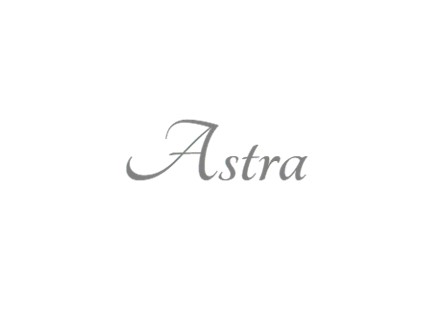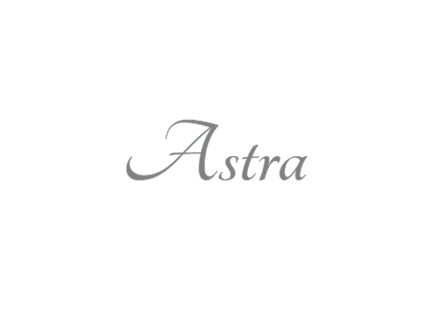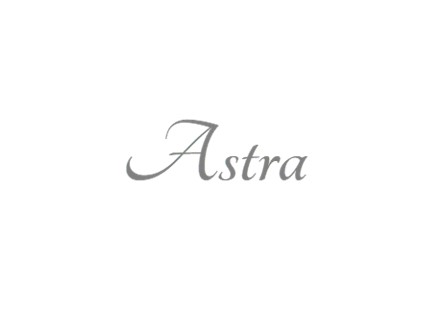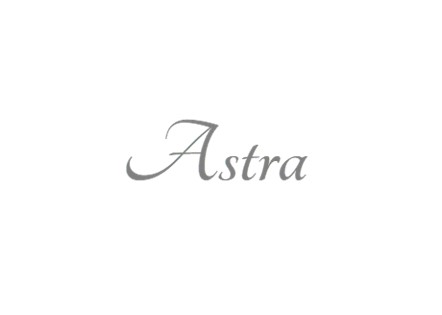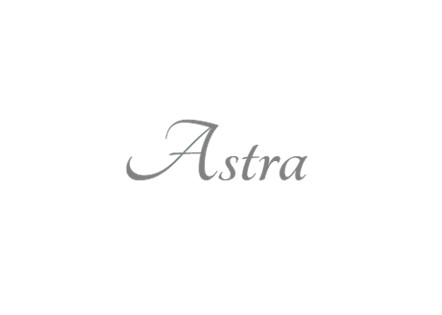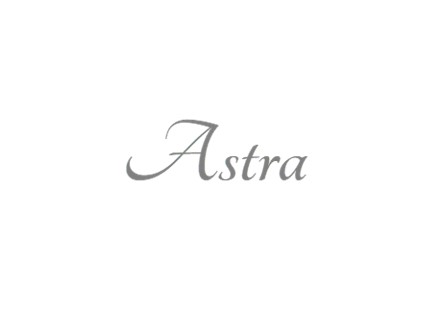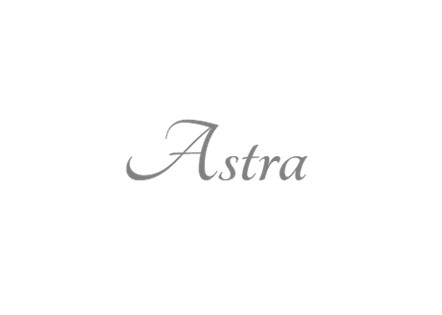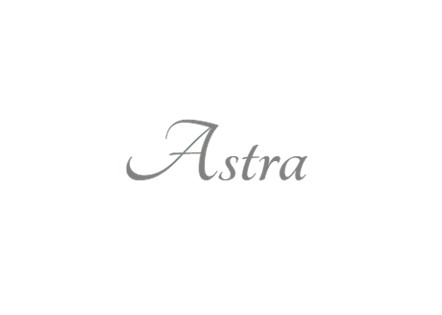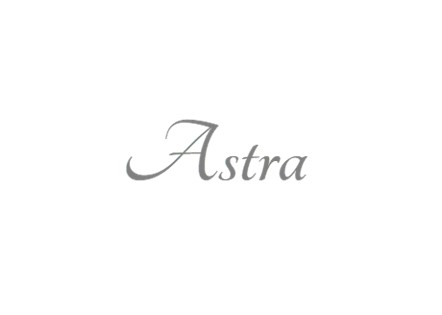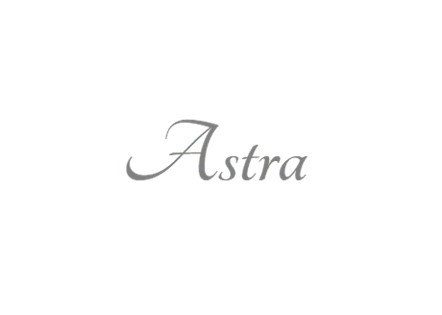Title Page
-
Conducted on
-
Engineer
-
Location
-
Type of Bunkers
-
Supplier
Pre-Bunkering
-
Tank sounded and logged, bunker quantity required verified
-
‘B’ Flag flying/red light showing
-
NO SMOKING / Bunkering in progress Signs displayed
-
Deck protected and scuppers plugged
-
SOPEP Kit and fire extinguisher readily available
-
Bunker points not in use securely blanked, hose and connection secure, drip tray in place
-
Valves to bunker manifold and relevant tanks open
-
Check Vessel/Suppliers flow meter and record
-
Communications established between ER, Bridge, Bunker Station and Supplier
-
Start of bunkers verified with Bridge, time logged
-
Establish START/STOP Procedure between ER, Bunker Station and Supplier
-
Establish flow control procedure and MAX Flow Rate
-
Fuel Quality, Quantity and Specification verified, advise sample required
-
Start Time:
During Bunkering
-
Take Fuel/Oil sample – signed ( Supplier’s Representative + Master / OIC Bunkering Ops)
-
When filling last tank, slow down for topping off
Bunkering Complete
-
Stop Time:
-
Bunker valve closed, drain valves closed, time logged
-
Line valves closed (as required) and bunker line disconnected from vessel
-
Bunker station capped and secured, bunker manifold/tank valves closed
-
Bunker completion announced to Bridge
-
‘B’ flag down/red light off
-
Bunker Delivery Note (BDN) – Correctly Completed in accordance with MARPOL Annex VI and Signed
-
Oil Record Book entry made (Annex VI as appropriate) – BDN logged.
-
SOPEP Kit, Extinguishers and signs stowed, scuppers unplugged
-
In the event of any anomalies with supplier, raise Letter of Protest
Bunkering Complete
-
Paperwork: Delivery Note, Fuel Spec.
-
Name and Signature
